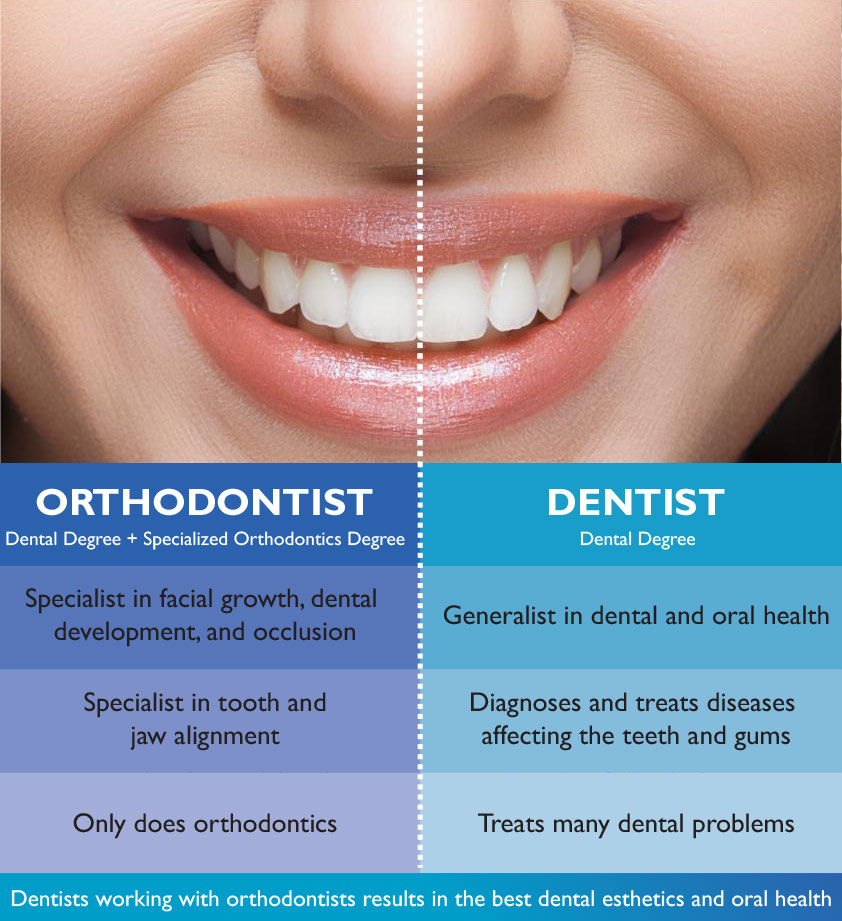Some Known Incorrect Statements About Causey Orthodontics
Table of ContentsWhat Does Causey Orthodontics Do?Some Known Details About Causey Orthodontics Everything about Causey OrthodonticsThe Main Principles Of Causey Orthodontics Some Ideas on Causey Orthodontics You Need To Know
Disregarding occlusal connections, it was normal to eliminate teeth for a variety of oral problems, such as malalignment or overcrowding. The principle of an intact dentition was not extensively valued in those days, making bite connections seem pointless. In the late 1800s, the concept of occlusion was important for developing trusted prosthetic substitute teeth.As these concepts of prosthetic occlusion proceeded, it became an indispensable device for dentistry. It remained in 1890 that the work and influence of Dr. Edwards H. Angle began to be felt, with his contribution to modern orthodontics particularly noteworthy. Focused on prosthodontics, he showed in Pennsylvania and Minnesota prior to directing his interest in the direction of dental occlusion and the therapies required to keep it as a typical problem, hence becoming understood as the "papa of modern orthodontics".

The idea of optimal occlusion, as postulated by Angle and incorporated right into a category system, allowed a shift towards dealing with malocclusion, which is any type of deviation from regular occlusion. Having a complete set of teeth on both arches was very demanded in orthodontic therapy due to the demand for specific connections between them.
Some Ideas on Causey Orthodontics You Should Know
As occlusion ended up being the vital priority, face proportions and aesthetics were neglected - orthodontist near me. To accomplish perfect occlusals without utilizing outside pressures, Angle proposed that having excellent occlusion was the finest way to acquire optimum facial aesthetics. With the death of time, it came to be quite obvious that also a phenomenal occlusion was not suitable when taken into consideration from a visual viewpoint
Charles Tweed in America and Raymond Begg in Australia (who both examined under Angle) re-introduced dentistry removal right into orthodontics throughout the 1940s and 1950s so they could improve face esthetics while also ensuring better stability worrying occlusal partnerships. In the postwar duration, cephalometric radiography begun to be made use of by orthodontists for gauging adjustments in tooth and jaw setting triggered by growth and treatment. It became evident that orthodontic treatment can adjust mandibular advancement, causing the development of functional jaw orthopedics in Europe and extraoral force actions in the US. These days, both practical appliances and extraoral gadgets are used around the world with the objective of modifying development patterns and forms. As a result, going after real, or at the very least enhanced, jaw connections had actually come to be the primary goal of treatment by the mid-20th century.
The smart Trick of Causey Orthodontics That Nobody is Discussing
 Up until the mid-1970s, dental braces were made by wrapping metal around each tooth. http://listingsceo.com/directory/listingdisplay.aspx?lid=69459., it ended up being feasible to rather bond metal brackets to the teeth.
Up until the mid-1970s, dental braces were made by wrapping metal around each tooth. http://listingsceo.com/directory/listingdisplay.aspx?lid=69459., it ended up being feasible to rather bond metal brackets to the teeth.This has had meaningful results on orthodontic therapies that are provided frequently, and these are: 1. Proper interarchal partnerships 2. Right crown angulation (tip) 3.
The advantage of the design hinges on its brace and archwire mix, which needs just minimal cord flexing from the orthodontist or medical professional (best orthodontist). It's aptly named hereafter attribute: the angle of the slot and thickness of the brace base eventually figure out where each tooth is located with little need for added adjustment
Little Known Facts About Causey Orthodontics.
Both of these systems utilized the same braces for each tooth and necessitated the bending of an archwire in 3 planes for situating teeth in their desired settings, with these bends dictating utmost placements. When it involves orthodontic appliances, they are separated into two kinds: detachable and taken care of. Detachable appliances can be tackled and off by the patient as needed.

Thus, nearly all modern set appliances can be considered variants on this edgewise appliance system. Early 20th-century orthodontist Edward Angle made a significant contribution to the globe of dental care. He produced 4 unique appliance systems that have actually been used as the basis for several orthodontic therapies today, barring a couple of exceptions.
All about Causey Orthodontics

The cable finished in a thread, and to relocate ahead, an adjustable nut was used, which permitted for an increase in area. By ligation, each specific tooth was connected to this large archwire (best orthodontist). Because of its limited array of movement, Angle was not able to attain exact tooth positioning with an E-arch
These tubes held a firm pin, which might be repositioned at each visit in order to move them in position. Called the "bone-growing appliance", this gizmo was thought to encourage much healthier bone development as a result of its capacity for transferring pressure directly to the origins. Implementing it confirmed frustrating in reality.